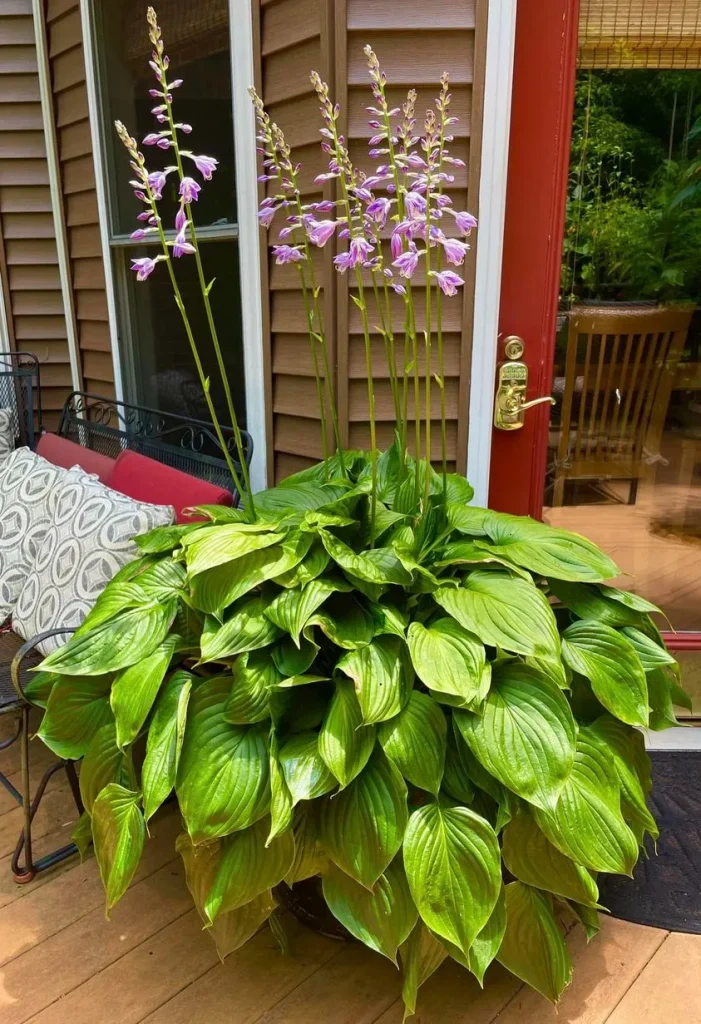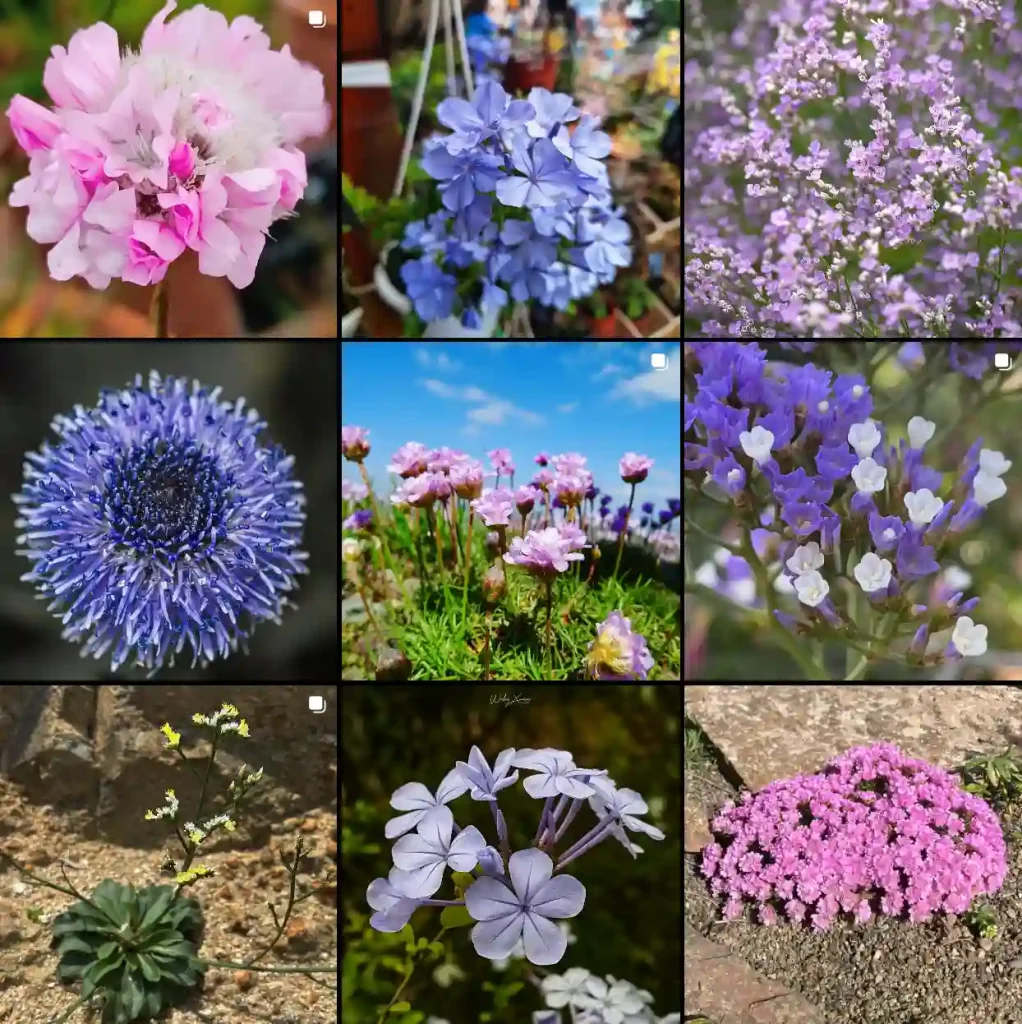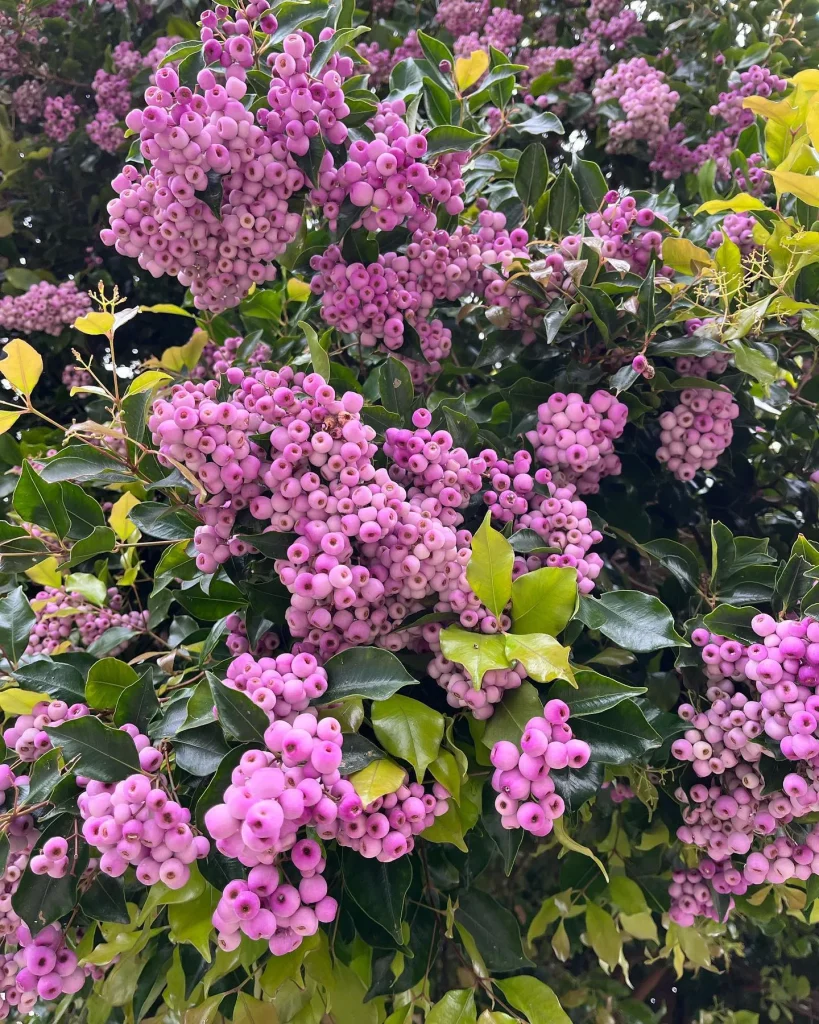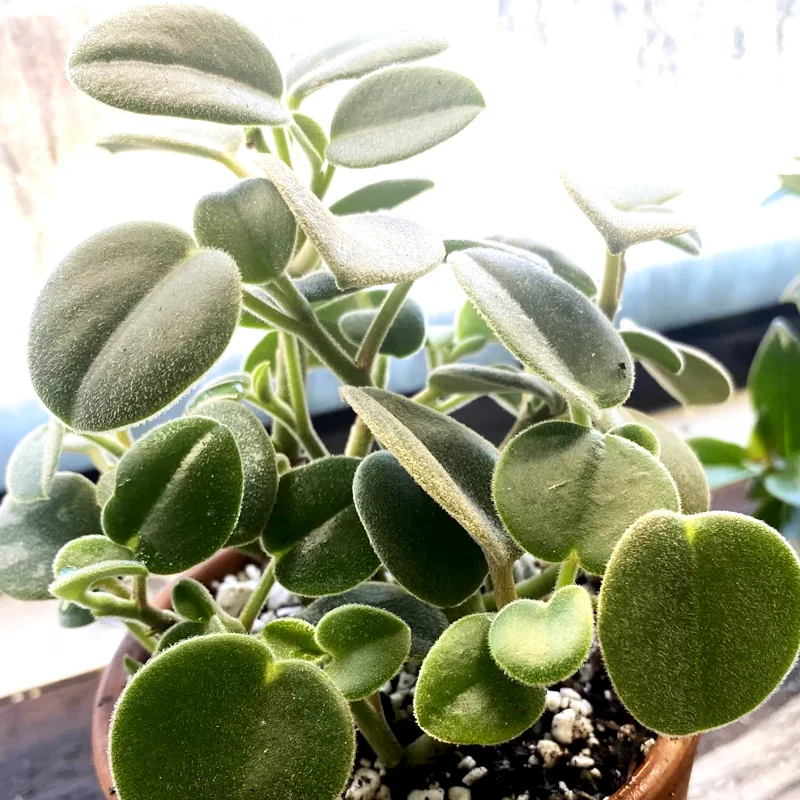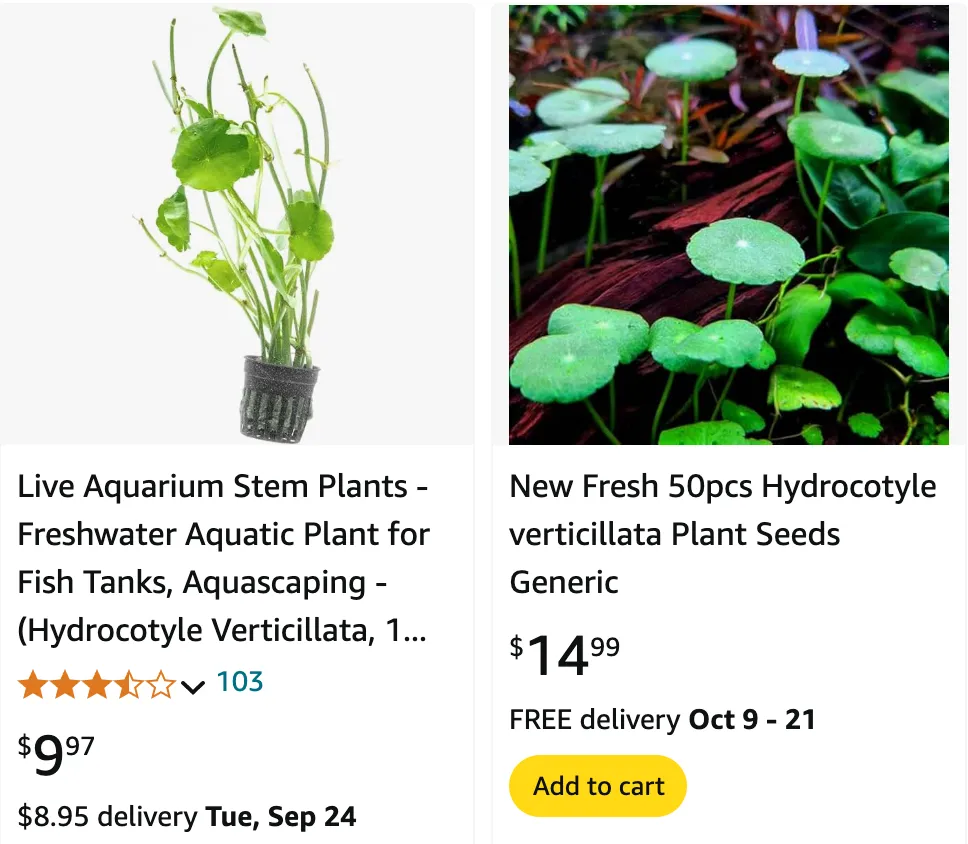
FAQs About Hydrocotyle Verticillata
Hydrocotyle Verticillata, also known as Whorled Pennywort, is a fascinating plant that many aquarium enthusiasts and gardeners are keen to learn more about. I’ve spent quite a bit of time growing and caring for this plant, so I’m happy to share some insights. Let’s dive into some of the most frequently asked questions about Hydrocotyle Verticillata.
182 Species in Genus Hydrocotyle
How to Grow Hydrocotyle Verticillata?
Growing Hydrocotyle Verticillata is relatively straightforward, whether you’re adding it to an aquarium or using it in a terrarium. This plant thrives in both aquatic and semi-aquatic environments. If you’re growing it in water, ensure the tank has a good filtration system as this plant appreciates clean water. Place the plant in low to moderate light; it can tolerate low light but grows best with indirect or filtered light.
When growing in a terrarium or a pot, use a well-draining substrate. Hydrocotyle Verticillata prefers moist conditions but should not sit in stagnant water. Regular watering is necessary, and you might want to provide some supplemental feeding with a balanced fertilizer to promote healthy growth.
How to Care for Hydrocotyle Verticillata?
Caring for Hydrocotyle Verticillata involves maintaining its ideal conditions. Keep the plant in a spot with adequate light but avoid direct sunlight, which can scorch its leaves. The soil or substrate should remain moist, but be cautious of overwatering, as this can lead to root rot.
Regular trimming is recommended to prevent the plant from becoming too leggy or overgrown. Trim back any long or unhealthy stems to encourage new growth. If you’re growing it in an aquarium, ensure the water parameters are stable and monitor for any signs of algae growth, which can sometimes occur in aquatic setups.
How to Propagate Hydrocotyle Verticillata?
Propagation of Hydrocotyle Verticillata is quite simple. The plant readily propagates through stem cuttings. To propagate, cut a healthy stem just below a node and place it in water or directly into a moist substrate. In a few weeks, the cuttings will develop roots and can be transferred to their permanent location.
Alternatively, if you have the plant in an aquarium, it often spreads naturally by producing new runners. You can separate these runners and replant them to expand your collection.
What to Plant With Hydrocotyle Verticillata?
Hydrocotyle Verticillata pairs well with other aquatic or semi-aquatic plants. In an aquarium setting, it looks great alongside plants like Java Fern, Anubias, and Cryptocoryne. In a terrarium or garden setup, it complements ferns, mosses, and other moisture-loving plants. Its rounded leaves add a unique texture and can enhance the visual appeal of your plant arrangement.
Can You Grow Hydrocotyle Verticillata Indoors?
Yes, you can grow Hydrocotyle Verticillata indoors. It’s a versatile plant that adapts well to various conditions, including indoor environments. For indoor growth, ensure it receives adequate indirect light and maintain a consistent level of moisture. It works well in terrariums, aquariums, or as a potted plant on a windowsill.
Is Hydrocotyle Verticillata Toxic?
Hydrocotyle Verticillata is not considered toxic to humans or pets. It’s a safe choice for households with children or animals. However, as with any plant, it’s always a good idea to avoid ingestion and keep plants out of reach of young children and pets.
Benefits of Hydrocotyle Verticillata
Hydrocotyle Verticillata offers several benefits. In aquariums, it provides excellent coverage and hiding spots for fish and other aquatic creatures. It also helps in maintaining water quality by absorbing excess nutrients. For terrariums and gardens, it adds a lush, green appearance and can act as a ground cover or filler plant.
Common Problems with Hydrocotyle Verticillata
While Hydrocotyle Verticillata is generally easy to care for, it can encounter some issues. Common problems include algae growth in aquatic setups, which can be managed by maintaining good water quality and avoiding excessive light. In terrariums, watch out for mold or rot, which can occur if the plant is too wet or lacks proper air circulation.
Comparing Hydrocotyle Verticillata with Similar Plants
Hydrocotyle Verticillata is often confused with other species of pennywort, such as Hydrocotyle leucocephala or Hydrocotyle tripartita. While these plants have similar care requirements, Hydrocotyle Verticillata is distinct in its whorled leaf arrangement and slightly different growth habits. It’s also different from plants like Java Moss or Carpet Plants, which have different textures and growth patterns.
Overall, Hydrocotyle Verticillata is a versatile and attractive plant that can enhance a variety of indoor and outdoor settings. Its ease of care and propagation make it a great choice for both beginners and experienced gardeners alike.
If i die, water my plants!
